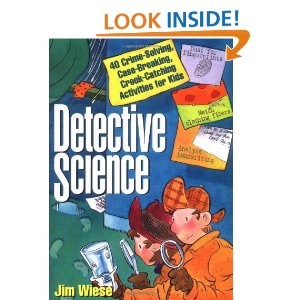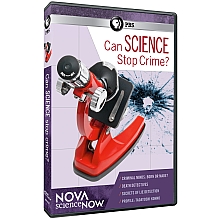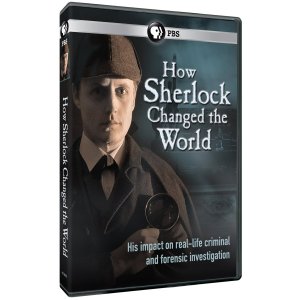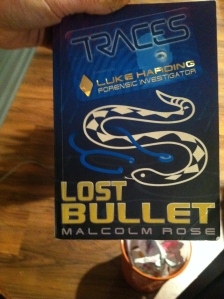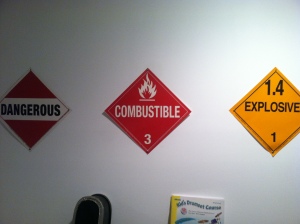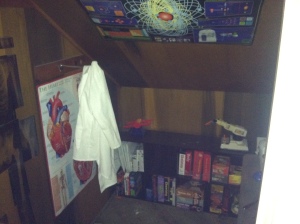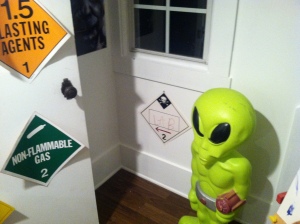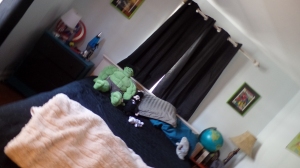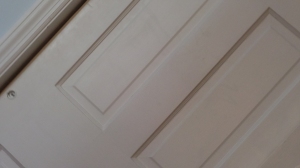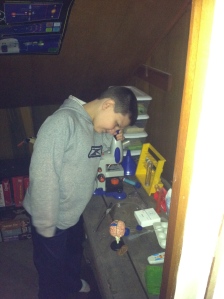 We have missed choosing our own themes and putting together our own units, so from now on, that’s what we’re doing for Science. Definitely. We gave the packaged science curriculum a solid try, but it just wasn’t enough fun for anyone around here. And science should definitely be fun, especially when you have a 9 year old who LOVES science. So I just asked him what he wanted to study for science. The answer? Forensic science. He has several Eyewitness books on this topic that he loves reading:
We have missed choosing our own themes and putting together our own units, so from now on, that’s what we’re doing for Science. Definitely. We gave the packaged science curriculum a solid try, but it just wasn’t enough fun for anyone around here. And science should definitely be fun, especially when you have a 9 year old who LOVES science. So I just asked him what he wanted to study for science. The answer? Forensic science. He has several Eyewitness books on this topic that he loves reading:
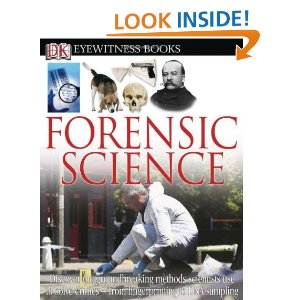
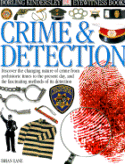 He was also signed up to attend a Museum Monday class on Forensic Science, but came down with a fever and couldn’t go, so he was anxious to learn about it on his own.
He was also signed up to attend a Museum Monday class on Forensic Science, but came down with a fever and couldn’t go, so he was anxious to learn about it on his own.
How should one study forensic science when they are 9? That was a tricky question. Aside from playing Clue, I was scratching my head on the right way to approach this one. We made a trip to the library, gathered our books, and then I gave AJ an activity book called Detective Science and told him to choose the activities he thought looked the most interesting. I highly recommend this book–we only did about 4 of the 40 activities for this unit, so lots more to explore:
One rather non-suprising hiccup of this unit theme was that some of the books we checked out were a bit too, eh, graphic. We started reading this book called “WhoDunIt?” which walked you though crimes and how they were ultimately solved, which seemed quite interesting in theory, but the crimes were pretty grisly and we just couldn’t handle it, so we had to ditch that idea.
And in terms of videos, I wasn’t a huge fan of offering up things like the First 48 or Forensic Files, as it seemed likely those would be nightmare inducing. We did find a few good PBS choices–including “Can Science Solve Crime?” and “How Sherlock Changed the World”. Thanks PBS!
AJ also started reading a set of books called Traces, based on a crime scene detective:
But really, the whole unit was a fun hodgepodge of microscopes, magnifying glasses, clues, evidence, fingerprints, and mysteries. We kept it flexible and recaptured the inherent fun that we always seem to have when we let our topics take on a life of their own.
We took a look at our fingerprints, CSI style. We did this once years ago (I remember thinking it was surprisingly tricky to get a good fingerprint). This time AJ did his prints and identified each one, and then compared them to mine.
Another activity he choose out of Detective Science book was the study of hair. We read about the DNA in hair roots, and then plucked out hairs to look at under the microscope. (I actually had to supply the hair, since AJ’s is so short). After an in-depth of study of hairs, we retrieved some dog hairs (not in short supply around here) to compare the difference. under the microscope. They do look quite different, in case you were wondering. Give it a try!
We do have a pretty good microscope. It’s not amazing, but it’s simple enough for AJ to use one his own and serves it’s purpose. I swear the child could spend hours using that microscope. We don’t have that many prepared slides–a few that came with the microscope, a few we made ourselves a few years ago during a science unit, but not many. Watching his wonder and joy at looking at dog hair under the lens, I ordered an entire set of slides for him for Christmas. I am contemplating an even better microscope, but we’ll see….
Side note: here’s some pics of our science lab. It’s really a walk in cedar closet. But it works great as a lab:
Probably the most fun of all the activities AJ chose was the Crime Scene Re-enactment. This is easy to do with almost no supplies or resources. Armed with a notebook, a pencil, a camera, and a tape measure, AJ had to pretend one room in the house was a crime scene. He chose his bedroom. Which does usually look like a crime scene, incidentally. First, he had to take notes on what he saw around him: was the room a mess? Clean? What was laying out? Was the bed made? Were the windows open?
Then, he had to photograph the scene from different angles, and look for clues. The most time consuming part was the mapping of the scene. He had to draw the layout of the room–doors, windows, furniture. Using his tape measure, he had to note how far apart everything was. This was a good activity for him, as he doesn’t have great spatial or drawing skills, and he loved doing this. It kept him busy for over an hour on his own.
The Detective Science book was full of many more activities we can do next time around–analyzing ink, handwriting…so many great ideas. I also have a police fingerprinting kit in the closet that I may break out on the next rainy weekend. I am sure it will make a huge mess, but will likely be great fun 🙂
So we’re back in full swing on our science adventures. I am glad we tried something new, if only to realize how well what we’ve been doing for science is the best approach for us. And I’m totally ordering the board game Clue for AJ for Christmas. Not really educational, per se, but who doesn’t love Clue? We have lame Clue Jr. currently, so time for an upgrade.
In the spirit of letting the topic take on a life of its’ own, and letting it last as long as we are still finding it interesting, this one will be ongoing for a bit longer. We have a few more project we want to try, and AJ is heading to a Nano Science class at the museum tomorrow. I told him it would be fun to study nano science as a topic, to which he replied, “Forensics is really all about nano science if you think about it, mom. So really it just fits right in.”
There you have it.
